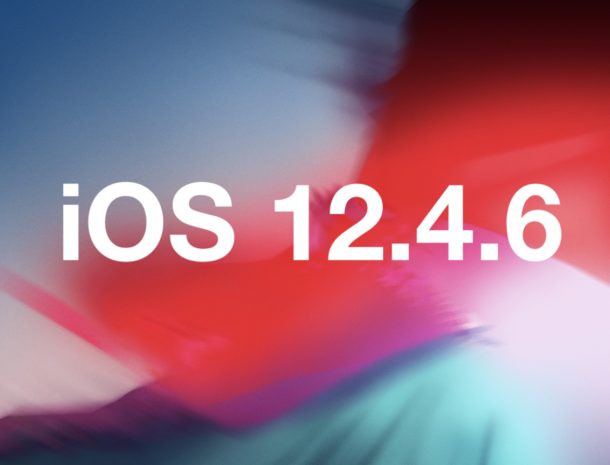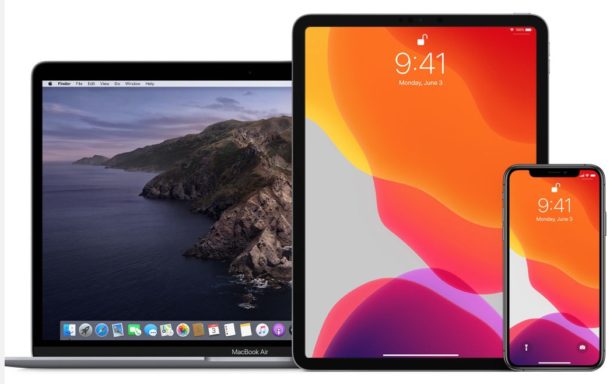A big change that arrived with iOS 14 is an all-new home screen experience. This marks arguably the biggest UI update for iOS since it was first introduced. However, iPad isn’t getting all the same new features and changes as iPhone, but there are new widgets to take advantage of. Follow along for how to use the new iPad widgets in iPadOS 14.
iOS 14 on iPhone includes the ability to use the new widgets anywhere on the home screen as well as other app pages. There’s also the new App Library feature.
iPad sees a different experience in iPadOS 14 with the new widgets arriving for use only in the Today View portion of the home screen (can’t be mixed in with apps) and the new App Library feature is absent. In any case, the new widgets still offer some useful new functionality.
Note: iOS 14 and iPadOS 14 are available as free public betas as well as developer betas for iPhone and iPad.
How to use new iPad widgets in iOS 14
- If it’s not turned on permanently, swipe from left to right on your iPad home screen to see the Today View
- Long press on a black space of your home screen to enter Edit mode (jiggle mode)
- You can tap the Keep on Home Screen toggle at the top to keep widgets available all the time
- Tap, hold, and drag the existing widgets around to organize them
- You can stack widgets of the same size on top of each other for swipeable widgets
- Swipe to the bottom of the widgets and tap Customize to add new ones
- Tap the green “+” icon to add available widgets, tap Done when finished
- When not in Edit mode, you can long press a widget from your home screen to get the edit or remove option (e.g. removing stacked widgets, modify smart suggestions, etc.)
Here’s how all this looks:
Now you’ll be able to edit your widgets.
Tap the “—” icon to remove widgets or tap-hold-drag them to reorganize the layout. Swipe to the bottom to add more widgets, tap Customize.
You can add new widgets by tapping the green “+” icons and then order them by dragging the three-line icons as shown below.
Don’t forget you can stack widgets of the same size on top of each other to maximize your use of space.
And from the home screen you can long press on a widget to get edit and customization options:
What do you think of the new widgets in iPadOS 14? Are you hoping to see the same implementation as iOS 14 in the future? Share your thoughts in the comments below! – https://is.gd/56dRdX











